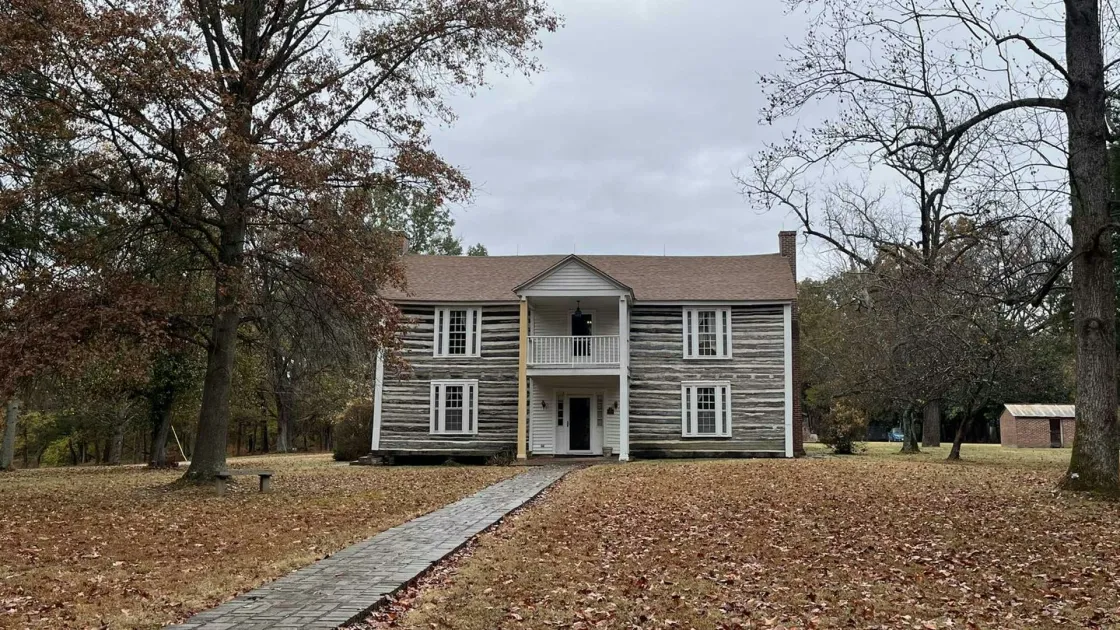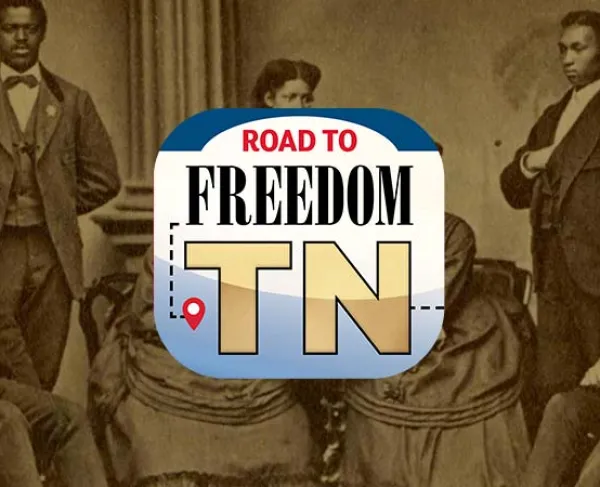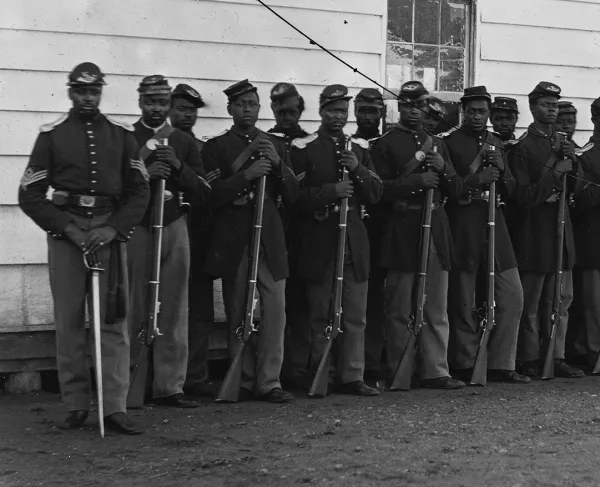The Enslaved At Davies Manor
Tennessee
9336 Davies Plantation Road
Bartlett, TN 38133
United States
This heritage site is a part of the American Battlefield Trust's Road to Freedom: Tennessee Tour Guide app, which showcases sites integral to the Black experience during the Civil War era. Download the FREE app now.

Before, during, and after the Civil War, African Americans played a vital — but until recent decades, unacknowledged — role in the workings of plantation life here at Davies Manor.
Sons of a slave-owning, farmer-preacher, Logan and James Davies purchased Davies Plantation in 1851 and used enslaved, sharecropping, and tenant labor to grow an agricultural enterprise that supported their descendants into the 1970s. At the beginning of the Civil War, the Davies owned 22 enslaved people tied to this nearly 800-acre plantation. Most grew the plantation’s cotton and corn, but some were hired by neighbors. The Davies hired out Ben and Mary for $200 annually beginning January 1, 1863 — the date of the Emancipation Proclamation, which did not apply in Union-occupied Tennessee.
Born enslaved in 1833, Richmond Bennett came to Davies Plantation in 1854 when his enslaver Almeda Little married James Davies. From 1862 to 1865, Davies kept Bennett as his “body servant” while serving in the Confederate 38th Tennessee. As a private with the regiment’s medical corps, Davies, accompanied by Bennett, experienced the war in Georgia and Tennessee, including the Battles of Lookout Mountain and Nashville.
Bennett returned to Davies Manor a free man and married Sarah Jane Tucker, the daughter of Wilcher and Mary Tucker, who had been enslaved by James Davies’ father. His mother-in-law was a local mid-wife who delivered generations of Black and white children connected to Davies Manor and the surrounding community.
The illiterate Bennett worked as a sharecropper or tenant farmer. In 1880, he and Sarah still lived near Davies Manor with their eight children, four of whom were attending school. He died in 1915 and was buried in the Morning Grove Cemetery two miles south of Davies Manor.
Know Before You Go
The Davies Manor Historic Site includes an exhibit presenting narratives of enslavement drawn primarily from the Davies family papers.




